One of the most popular terms being thrown around during this stage of an NBA season is the Traded Player Exception or the TPE. The TPE has been an advantage that numerous teams in the past have used to acquire quality players, but not a lot of people are familiar with it.
With the March 25 trade deadline just around the corner, NBA teams will be more desperate in moving pieces around to complete their puzzle. Contending teams will be looking for solid veterans to help improve their position in the playoff picture, while bottom-dwelling squads are expected to unload massive contracts in exchange for an asset or two.
So we’re here to help you familiarize yourself with the TPE, including how the exception is created and how teams can take advantage of it.
How is a TPE created?
The TPE is created when a team moves a player to another team without absorbing any salary in the process. The most recent example of this was when the Boston Celtics agreed on a sign-and-trade deal that sent Gordon Hayward to the Charlotte Hornets last offseason. As you can remember, the Hornets acquired Hayward without sending any of their players to the Celtics. So how did that happen?
The Hornets didn’t have to send a player to Boston because they freed up enough cap space (by waiving Nicolas Batum and Ray Spalding) to absorb Hayward and sign him to that four-year, $120 million contract. But of course, the Celtics didn’t go home empty-handed in that deal. Now that they have unloaded Hayward’s salary, they were rewarded with a $28.5 million TPE (equivalent to Hayward’s salary in his first year with Charlotte) that they can use to sign a player or two.
Along with that massive TPE that they got from the Hornets deal, you can also remember that last offseason, the Celtics moved Enes Kanter to the Portland Trail Blazers then Vincent Poirier to the Oklahoma City Thunder. Boston didn’t take back any players in those two separate deals as Portland and Oklahoma City both have enough cap space to absorb the respective salaries of Kanter and Poirier. The Kanter trade gave the Celtics a $5 million TPE, while the Poirier deal provided them a smaller $2.5 TPE.
How can a team use the TPE?
A team can use the entirety of its TPE to sign a single player, or they could split it into two or three players as long as the sum of their salaries doesn’t go beyond the indicated value of the TPE. To provide continuity, let’s still use the Celtics’ situation as our example.
With the $28.5 TPE that the Celtics got from the Hayward deal, the team can trade for a quality veteran whose salary fits into that value. For example, the Celtics can trade for DeMar DeRozan without sending any player to the San Antonio Spurs since DeRozan’s $27 million salary this season fits into that $28.5 million TPE. But of course, the Spurs would want to receive assets from the Celtics if they are going to do this DeRozan deal.
The Celtics cannot use the TPE to sign someone in the free agency market. Again, the Celtics can split the TPE to sign or trade for two or three players.
As I’ve mentioned before, the Celtics also have the $5 million TPE and the $2.5 million TPE. The things that the Celtics cannot do are to combine the value of the three TPEs in a single package or add one of their own players in the deal. For example, Kyrie Irving commands a $36 million contract this year. Boston cannot combine their two smaller TPEs with the $28.5 million TPE to afford Irving. They also cannot add their own player like Tristan Thompson‘s $9 million salary to the $28.5 million TPE to make salaries match. That would be against the rules.
How long is a TPE available for a team to use?
A team can only use the TPE within a full year (365 days) since they were acquired. If it’s still not used after that given duration, the TPE will simply expire.


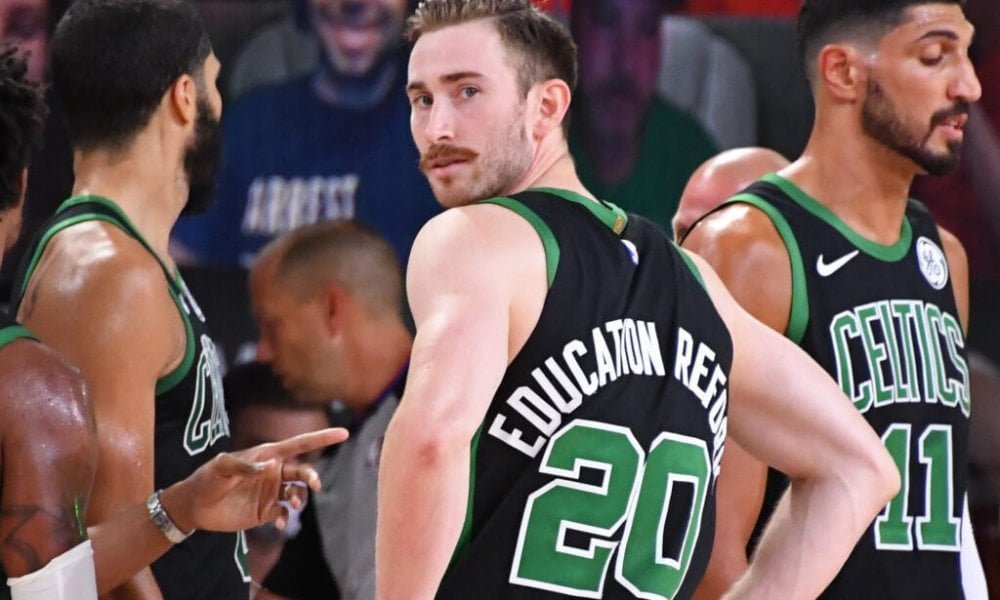
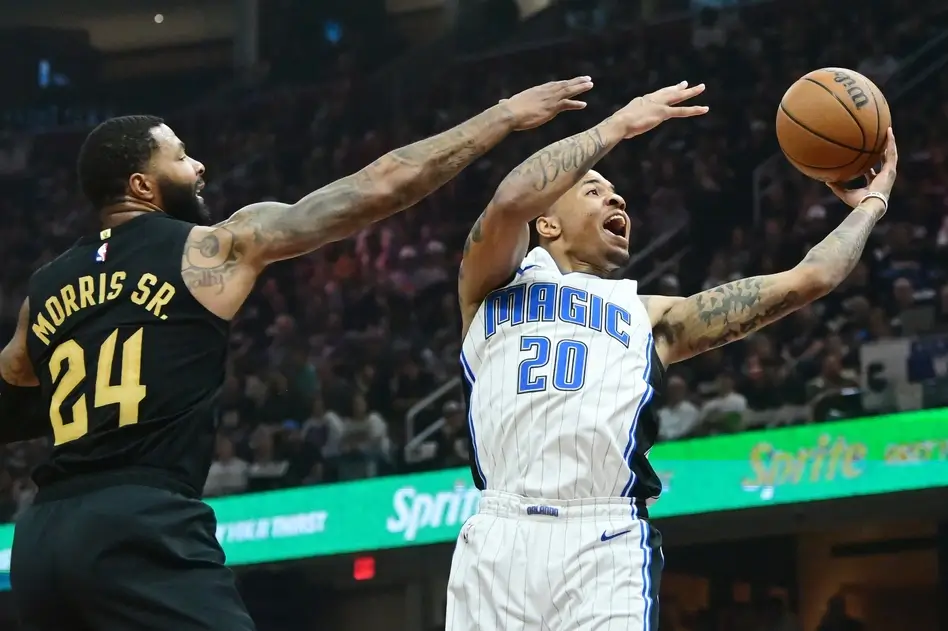
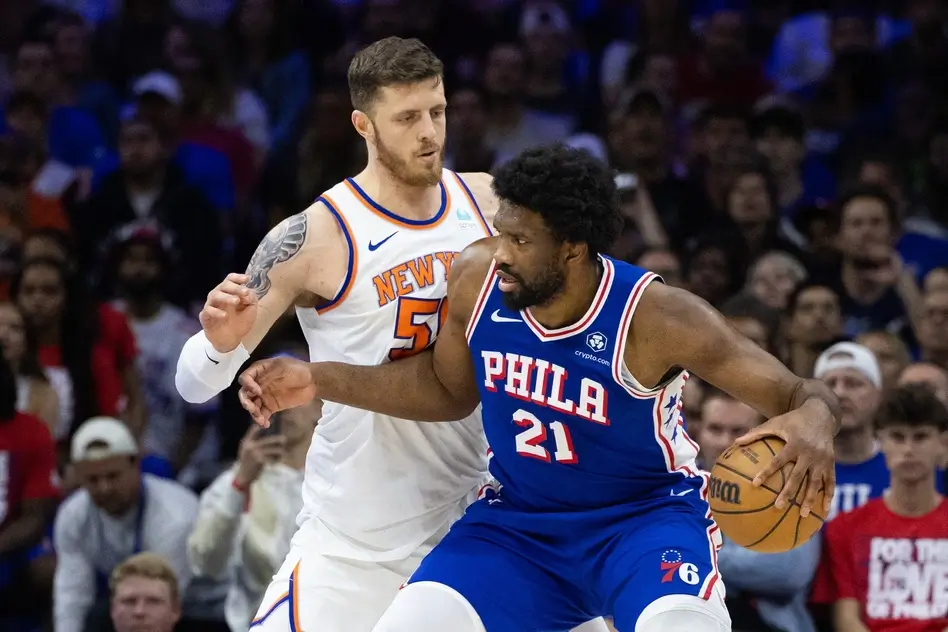
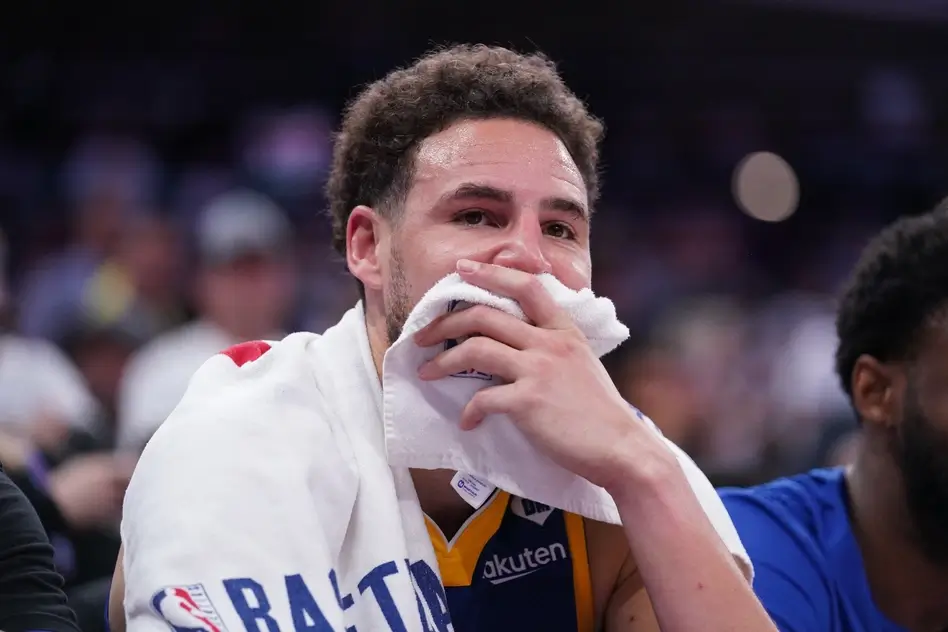


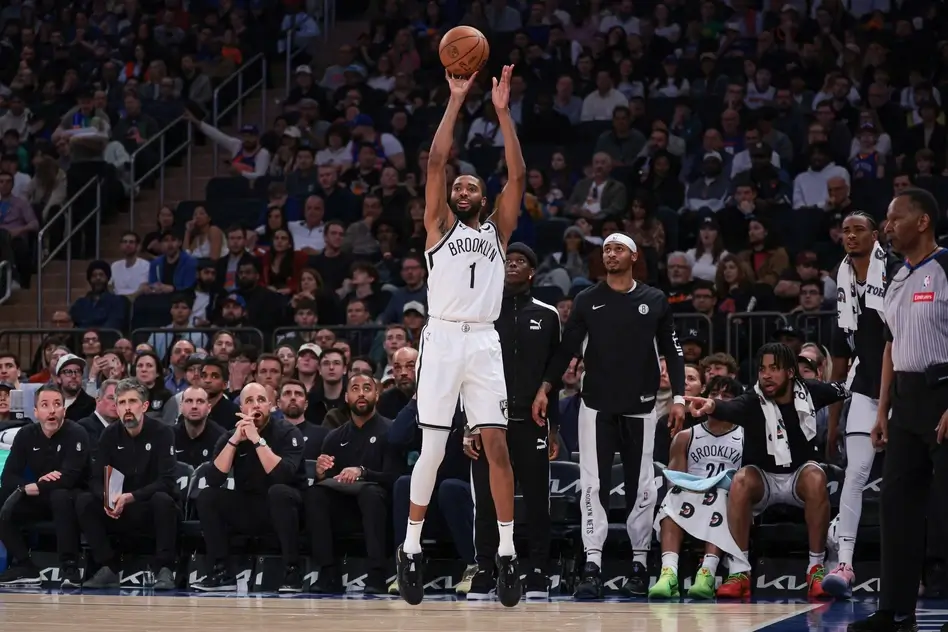
Pingback: Timberwolves news: Patrick Beverley's 16-word reaction to wild Minnesota trade
“Aside from trading for a player, the Celtics can also use the TPE to sign someone in the free agency market. Again, the Celtics can split the TPE to sign or trade for two or three players.”
This is incorrect. The TPE cannot be used to sign a free agent. It can only be used for trades.